Who Killed the American Demoscene?
Credit to Author: Daniel Oberhaus| Date: Tue, 14 May 2019 14:44:03 +0000
There is no shortage of creative coders in New York City. This was clear as soon as I pulled open the door to the basement of Babycastles, a gallery for independent video games in Manhattan, to reveal a room packed with people swaying to the sounds of algorithmically generated music. I had arrived just in time to catch the end of a set by the electronic musician Melody Loveless, who was at a folding table near the front of the room writing code that generated the music.
These sorts of live coding performances have been a staple of demoparties—gatherings organized by and for the creative computing underground—for decades. It was only appropriate, then, that the kickoff party for Synchrony, one of the last active demoparties in the US, was an “algorave” hosted in the basement of an experimental, DIY arcade.
Demoparties are gatherings where programmers showcase artistic audiovisual works, known as demos, after a day- or days-long coding marathon that is part bacchanal and part competition. Demos are often made by teams of programmers and are almost always rendered in real time (as opposed to, say, an animated movie, which is a pre-rendered recording). Demoparty competitions, or compos, are generally divided into categories where demo submissions must adhere to certain restrictions. For example, some compos only allow demos that were made on a Commodore 64 computer or demos that were created using under 4,000 bytes of data. In every case, however, the point of the competition is to push computing hardware to its limits in the service of digital art.
Each year since its founding in 2016, Synchrony participants have gathered for a night of dancing before boarding a train for Canada in the morning. Participants use the time on the train to create their demos, which are then judged at a competition in Montreal. The traveling aspect of Synchrony makes it unique among demoparties, but it’s also notable for being the only annual demoparty in New York City.
Given the abundance of digital art institutions in New York—Eyebeam, Rhizome, LiveCode.NYC, and the School for Poetic Computation—the lack of demoparties is conspicuous and in stark contrast to the European demoscene, which boasts dozens of annual demoparties, some of which attract thousands of participants. With this discrepancy in mind, I tagged along with the Synchrony crew this year in pursuit of an answer to a deceptively simple question—who killed the American demoscene?
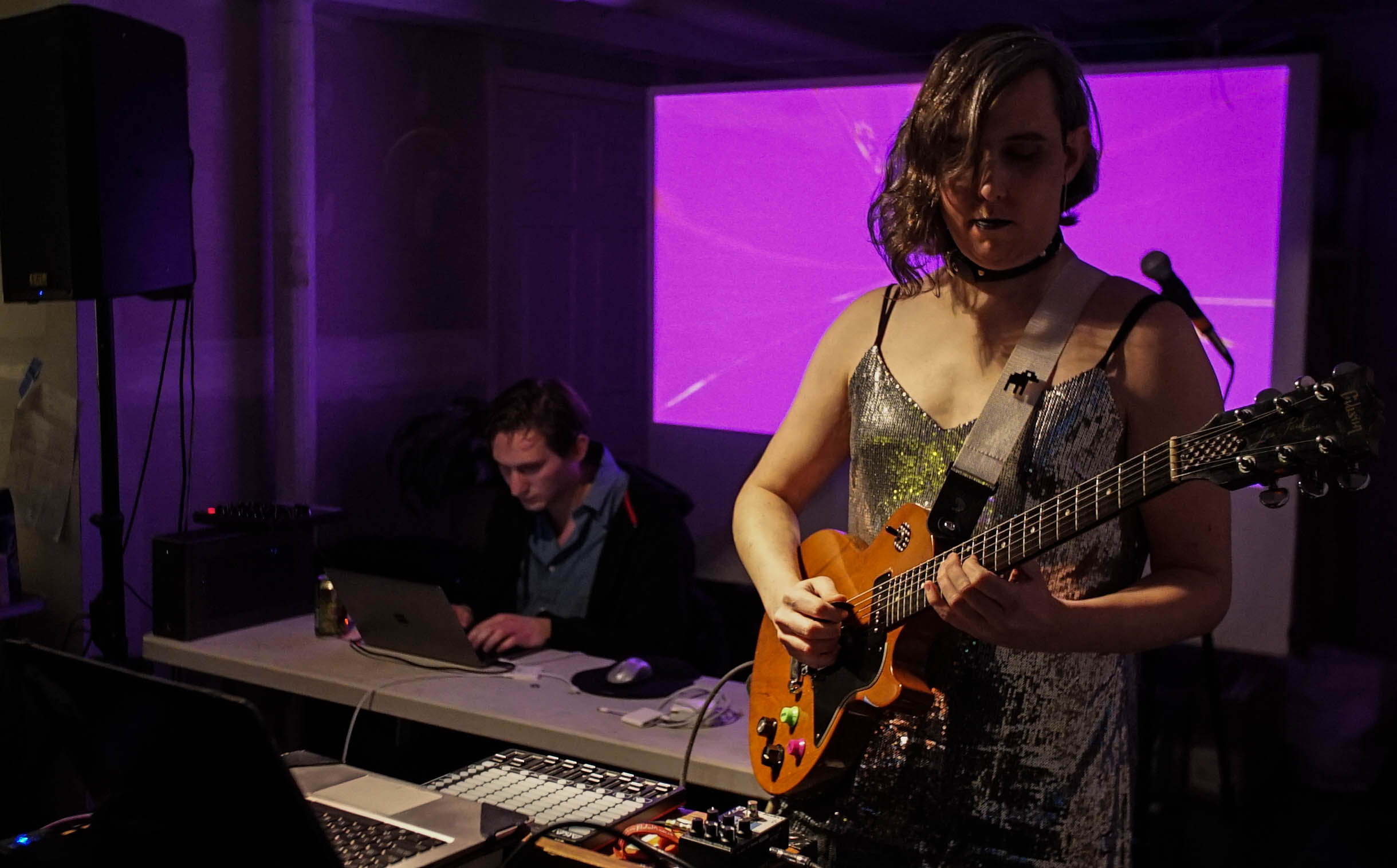
SOFTWARE CRACKING AND THE BIRTH OF A SCENE
Prior to the development of the microprocessor in the 1970s, computing was a domain-specific activity. Giant mainframe computers were developed for use in specific contexts, such as academic, government, or military institutions, but the microprocessor revolution paved the way for personal computers that could be wielded according to the individual user’s needs. The development of the microprocessor resulted in an explosion of PCs hitting the market in the early 1980s, but one stood above the rest: the Commodore 64.
The Commodore 64, or C64, was not only vastly more powerful than any of its competitors when it was released in 1982, but it was also far cheaper. This turned it into one of the best selling computers in history and its domination of the market meant that most novice programmers cut their teeth developing free C64 software or trying to break copy protection features on proprietary software, a pastime known as cracking.
Software cracking was especially prevalent in the C64 gaming community and when a new game was released crackers would race to become the first to remove copy protection so that the game could be modified and copied. There were various techniques used to crack software, but most required a fairly in-depth understanding of computer hardware and an ability to work with binary code.
To stake a claim for their accomplishment, crackers would often create a crack introduction, or “cracktro,” that would play before users could access the game. Early cracktros were simple affairs that would usually display the cracker’s name, shoutouts to friends and other cracking crews, and some basic graphics, like changing the colour of the screen. As the 80s progressed, however, software crackers developed new techniques for programming the C64, in some cases even discovering new methods to render graphics on the computer that weren’t included in the manual. By the end of the 80s, C64 video game cracktros were sophisticated audiovisual presentations that had become an artform in its own right that prefigured the demoscene that was to come into its own in the 90s.
According to Tamás Polgár, a scene veteran and the author of FREAX: The Brief History of the Demoscene, at the same time that software crackers were exploring the technical possibilities latent in the C64, gatherings known as “copyparties” began springing up all over Europe. Software crackers, programmers, and gaming enthusiasts would gather IRL to swap pirated games, known as warez, which would be copied on to floppy disks. Swaps were a well worn tradition when it came to music, which could easily be copied onto tapes, but unlike music, cracked video games didn’t degrade in quality each time they were copied. The code remained the same whether it was copied once or a million times, which allowed pirated software to spread like wildfire.
Unsurprisingly, perhaps, the warez scene quickly drew the ire of the software companies whose code was being freely distributed. The threat of software copies was recognized at least as early as 1976, the year Bill Gates wrote his infamous “open letter to hobbyists” bemoaning the illegal distribution of Microsoft software, but it wasn’t until the mid-80s that laws were passed banning the practice. The crackdown on software piracy was not evenly spread throughout Europe, however. Countries like the Netherlands, Greece, Finland, Sweden, and Norway didn’t have strict software piracy laws, if they had any at all, which allowed the warez scene to flourish there.
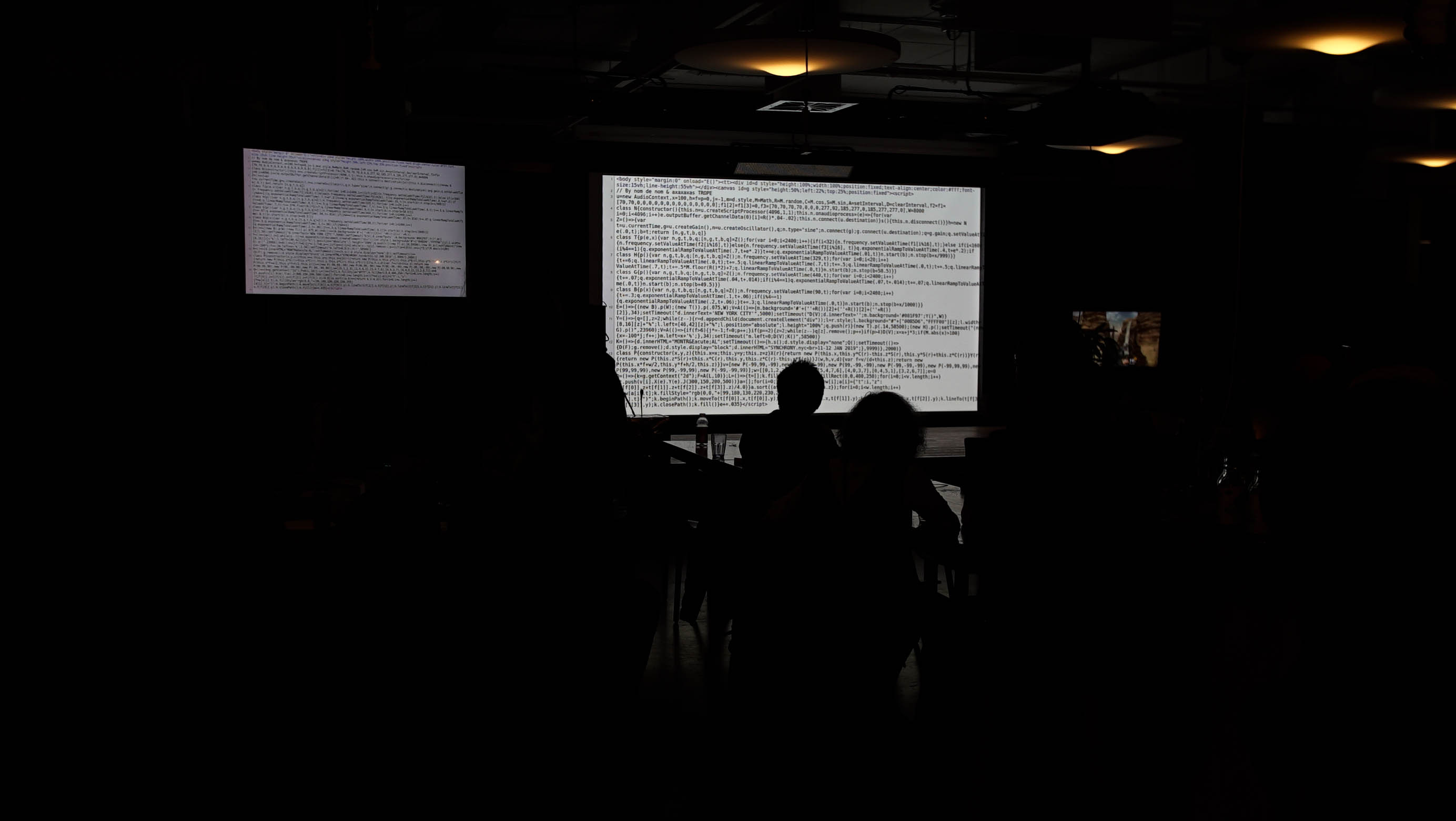
DEMO OR DIE!
By the end of the 80s, all the technical and social foundations of what would become the demoscene were in place in Europe. A new generation of powerful and affordable PCs, most notably the Commodore Amiga, coupled with the development of tracking, which allowed for complex electronic music composition, allowed software crackers to create artistic programs that would’ve been unthinkable when the C64 was released a decade earlier.
It’s unclear why the demoscene split from the warez scene, but it was likely due to a confluence of factors. One reason had to do with the fact that the proliferation of PCs outpaced software releases. This meant that software was being cracked so fast that any newcomers to the scene didn’t have a chance to develop a cracktro. The alternative, then, was to develop one anyway and release it as a standalone program.
As detailed in FREAX, another motivating factor was increasing pressure from law enforcement. Whereas software crackers used to be able to operate in the open, prominent copyparties and software crackers were now the subject of police raids, which made it a particularly fraught line of programming. And finally, there was the rapid improvement in PC technology, which revealed a whole new world of possibilities for audiovisual experiences that weren’t being used in cracktros.
For awhile, the warez scene and the nascent demoscene existed side by side and early demos were often exchanged for games at copy parties by sceners who didn’t have any warez of their own to offer. According to Polgár, the scene split started in 1988 and culminated 1991. This was, incidentally, the first year that The Party was hosted in Denmark, which held the title of the world’s largest demoparty for the next decade and became the blueprint for other demoparties that began cropping up around Europe.
“In the early 1990s, the self-awareness of the demoscene was on the rise, which could be observed, among other things, in its attitudes towards computer games,” Markku Reunanen, a lecturer at Aalto University and one of the only academic demoscene historians, wrote in a 2014 essay. “Early on, games were a natural part of scene activities, but became a taboo when the community started defining its borders and aggressively distancing itself from other communities occupying the same computer hobbyist domain.”
Although the demoscene has many elements in common with the warez scene from which it emerged, it differentiated itself by emphasizing technically challenging aesthetics. Whereas software cracking was largely pragmatic and gaming was about entertainment, the demoscene was about creating computer art that was difficult to produce at the level of the code, but also visually and aurally pleasing to consume. It was, in short, a competitive form of digital art.
A good example of this was the early scene’s fascination with blitter objects or “bobs”. These were graphical objects on the Commodore Amiga that could be programmed to move independently on the screen. Including bobs in a demo required more processing power and a better grasp of machine code because bobs frequently access the computer’s memory. By the mid-90s, this had turned into a full-on “bob war” in which sceners tried to one up each other to see how many blitter objects they could generate on the screen.
Today, the fundamental aspects of the demoscene are the same. Demoparties are still organized around a competition and remain an almost exclusively European phenomenon. Demosceners still police the boundaries of their discipline vis-a-vis gaming and some sceners continue to work exclusively with retro machines like the C64 and Amiga. Indeed, almost all notable changes in the scene over the past two decades have been technological, not cultural. For example, more sceners work with high level programming languages like Python or Javascript now, whereas in the scene’s early days the best democoders worked with machine code.
One of the biggest changes to the demoscene, however, was the advent of world wide web, which brought more exposure to the scene than ever before. Sceners were now able to congregate on online forums like Pouet to organize demoparties and foster international demo collaborations.
“Before scene websites and mailing lists, one got to know of demoparties only through word of mouth,” Gleb Albert, a postdoctoral researcher at the University of Zurich and former demoscener, told me in an email. “With the internet, it is much easier to grasp what is going on on an international scale and demoparties have absolutely benefited from that. Now, even small parties often have international visitors, which was very rare in the 1990s.”
If there was ever a time for the American demoscene to come into its own, it was after the birth of the web during the scene’s heyday in the late 90s. Yet despite the easy online access to demoscene culture across the pond, a Yankee demoscene never really materialized.
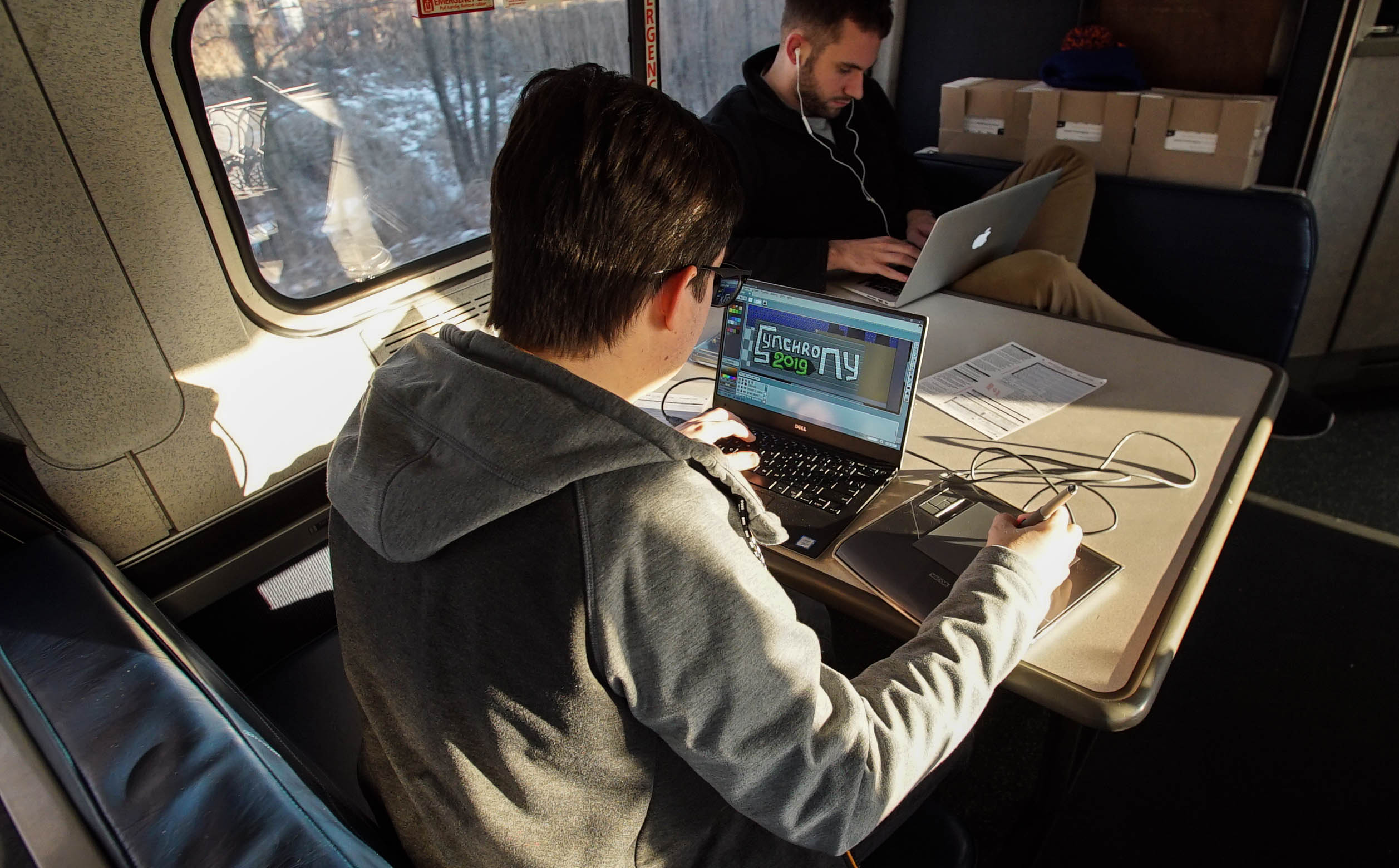
WHO KILLED THE AMERICAN DEMOSCENE?
In a nice twist of irony, I learned about the existence of the Synchrony demoparty in the most analog way possible: I saw it advertised on a flier at a tech zine fair in New York City. Intrigued by the prospect of a day-long coding marathon on an international train trip, I reached out to the Synchrony’s founder, Nick Montfort, a media professor and digital artist at MIT, to learn more about the event.
A newcomer to the American demoscene, Synchrony was launched in 2016 and bills itself as the world’s only traveling, international demoparty. In this respect, the creativity, commitment, and constraint that is emblematic of the demoscene is baked in to its very organizational structure. Participants are forced to create demos using hardware they can fit in the overhead compartment of an Amtrak car and their own knowledge of programming—WiFi is unavailable for much of the ten hour trip—but when it comes to the demoscene, limitations are a feature, not a bug.
Synchrony’s status as the new kid on the block hasn’t dampened enthusiasm for the event, however. According to Montfort, this year’s party, which drew more than two dozen attendees, was the largest one yet. The attendees I met on the train took different paths to the scene—one was a software engineer at Google, one was in seventh grade, and another hadn’t even heard of Synchrony before, but was roped into collaborating on a project after striking up a conversation with a scener during the train ride.
Among this year’s attendees was Mike Piantedosi, better known in the scene as Dr. Claw, who is the organizer of @Party, now the largest and longest running demoparty in the United States. @Party is located in Boston, which places it just across the Charles River from MIT, arguably the most prestigious technical university in the United States, but despite this proximity, Piantedosi said he’s never seen more than a handful of students show up. Instead, he said most of @Party’s roughly 80 annual attendees are people who have been involved with the scene since the 90s or are members of a local group that regularly meets to discuss Khronos, a platform dedicated to fostering open standards for computer graphics.
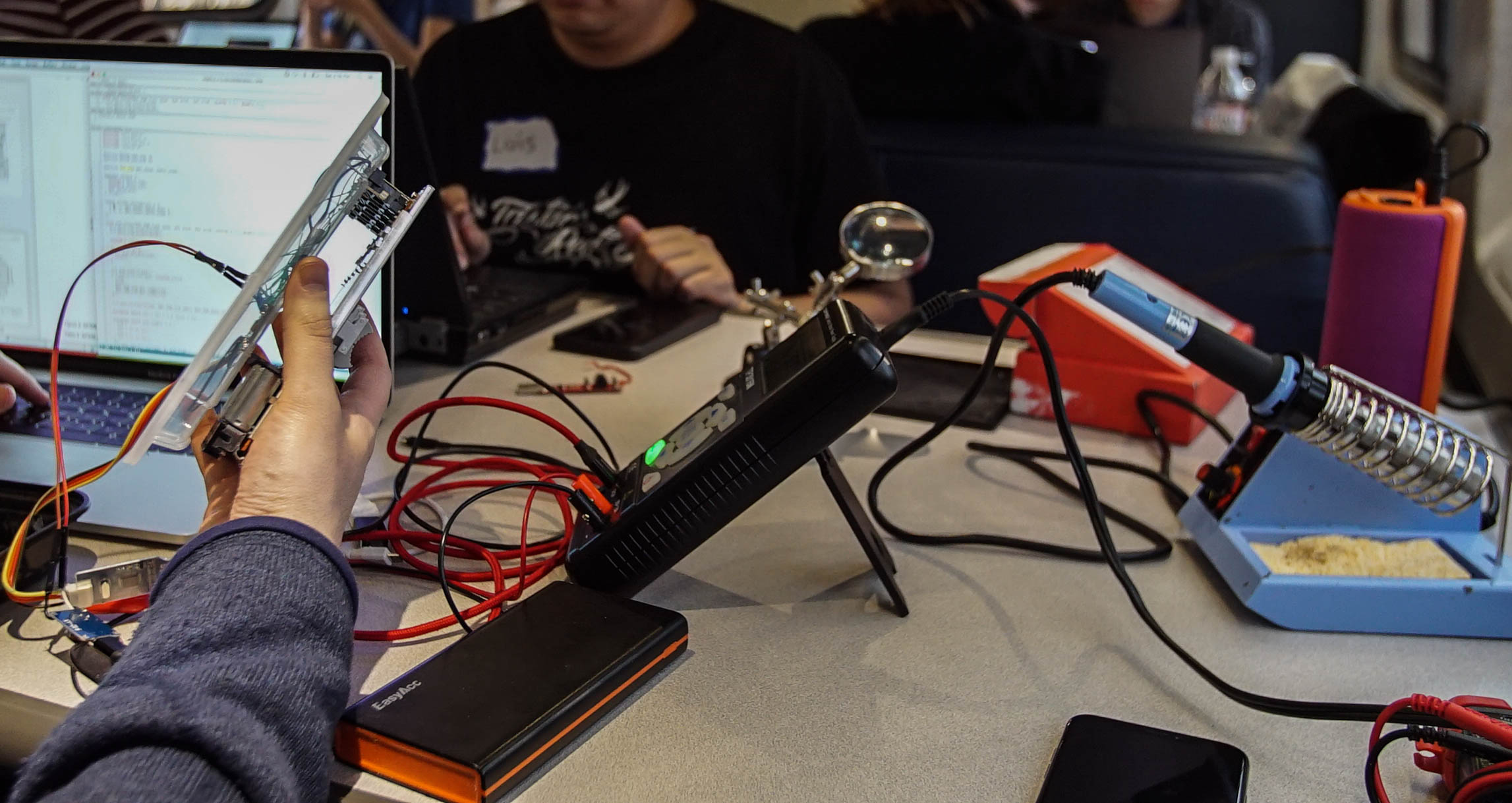
Piantedosi attributed the lack of interest in the scene among technically-inclined college students to the abundance of other options when it comes to applying their coding skills, such as game development.
“A lot of people I find at these indie game meet ups tend to be more focused on what makes good game play rather than what’s a really cool graphics technique,” Piantedosi told me. “And that’s because your general indie meetup person wants to figure out a way to make a living at this.”
Montfort also pointed to the strength of the gaming industry in the US as a possible reason for Americans’ relative lack of interest in the demoscene, albeit for different reasons. As Montfort pointed out, the demoscene is all about exploring the quirks specific to a certain type of hardware, whether that’s a C64, an Amiga, or an IBM PC. Game developers, in contrast, seek to smooth over all the differences between hardware platforms so that people can play a game regardless of whether it’s on a console or a PC.
“Game developers want to make one game that runs anywhere,” Montfort said. “The demoscene is about engaging with the specificities of specific computing platforms and doing something that experts thought couldn’t be done on that platform.”
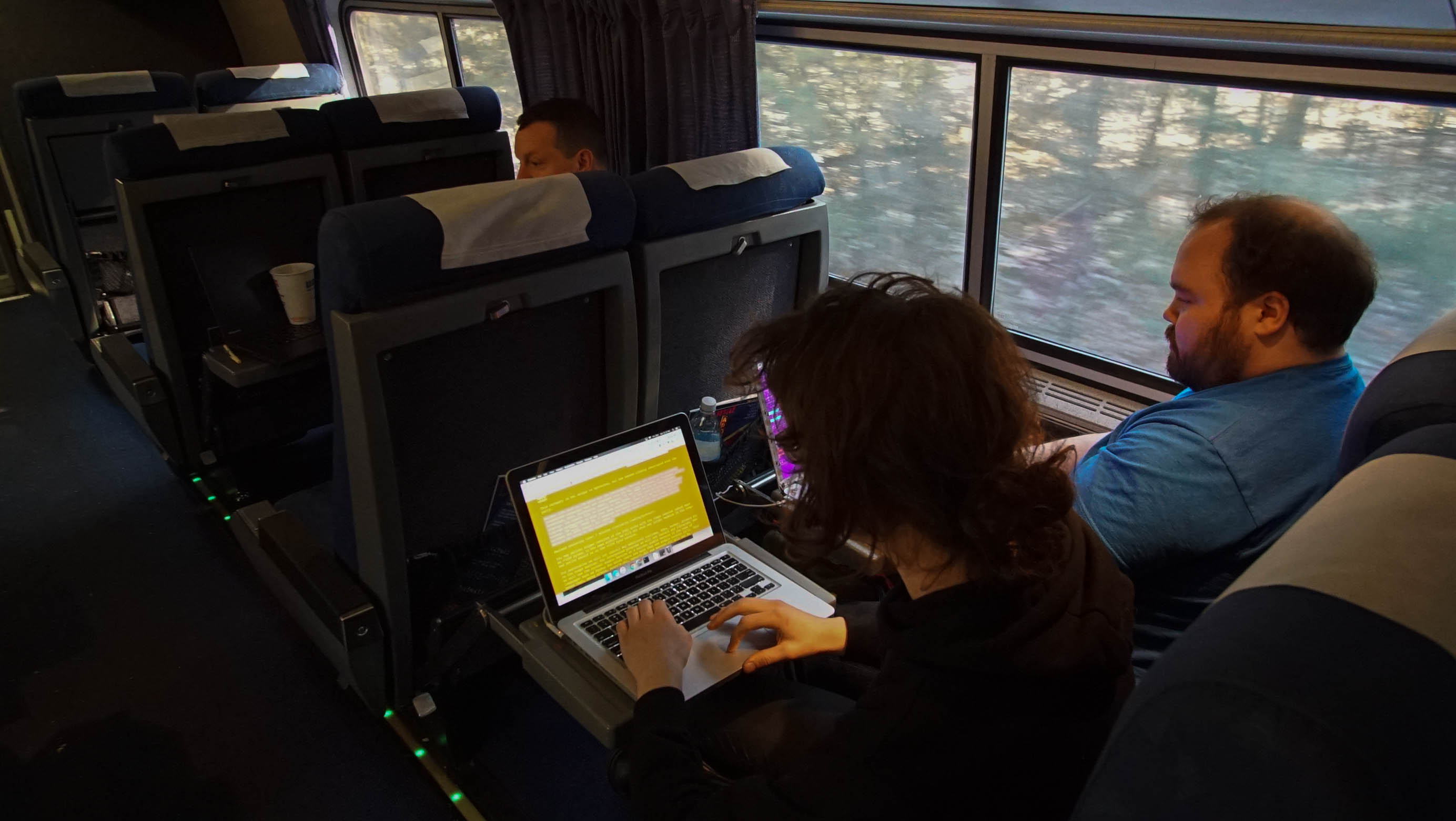
Still, Montfort emphasized that this was just one hypothesis. He pointed to the geographic dispersion of the US or the lack of a native software industry in many European countries as alternative possibilities. Montfort also pointed out that the needs met by the European demoscene were fulfilled in the United States, just by different means. In the early days of the internet, the US had a much more developed telecommunications infrastructure, which allowed software crackers to distribute their warez over the net using bulletin board systems, rather than IRL.
The American telecommunication structure also fundamentally altered the nature of cracktros. As Polgár pointed out in FREAX, American cracktros were lower quality and less ambitious than European cracktros, which may have suppressed the creative impulse that led the European demoscene to break away from the warez scene in the first place.
“[Americans] rarely compressed or packed anything, as they could spread it for free by modem, regardless of the size,” Polgár wrote. “They were never forced to stuff as much data on a disk as possible.”
This is not to say that there wasn’t a robust warez scene in the United States, however. According to Polgár, between 1990 and 1995, Americans released far more cracktros and short demos than groups in Europe, but the quality of these demos was much lower than what was being produced on the other side of the Atlantic. Notably, these cracktros and demos were also being produced in a more independent manner. There weren’t any demoparties in the US in the first half of the 90s, so programmers were left to their own devices or collaborated with people they met online.
This was how Jim Leonard, a former demoscener who went by the handle “Trixter,” first became acquainted with demo culture in 1990. As a self-described “filthy software pirate,” he would swap games and other software on bulletin boards. Shortly before New Year’s Eve, 1990, Leonard saw the Space Pigs demo on a bulletin board and he was hooked, even if it wasn’t the graphics that drew him in.
“The demo hinted at this bigger world of other people doing this stuff,” Leonard told me. “There were shoutouts to friends and mentions of copy parties. That was when the journey into the demoscene began for me.”
The problem for Leonard was that he only had access to a PC, whereas most of the European demoscene at the time was creating demos using Commodore 64s and Amigas. Compared to Europe these Commodore machines were never as popular in the United States, where consumers preferred the superior computing power of IBM clones and other PCs. Although PCs were eventually embraced by the international demoscene as well, it was years before Leonard had the opportunity to attend a demoparty himself.
The first demoparty in North America was the North American International Demoparty (NAID), which took place in Canada over a weekend in early April, 1995. According to Leonard, who was a judge at the first NAID, this demoparty was the “pinnacle” of the North American demoscene. Organized by three university students in Quebec, NAID attracted about 1,000 demosceners from around the United States, which makes it far and away the largest demoparty ever hosted in North America.
“Every single person in the American and Canadian demoscene was at NAID,” Leonard told me. “It was an amazing experience.”
NAID was successfully hosted in Quebec again in 1996, but after that party the organizers grew disinterested in continuing it. According to Leonard, this led to a “dead zone” in the American demoscene until 2003. That was the first year that the Pilgrimage party was hosted in Salt Lake City, Utah, which managed to attract around 70 demosceners, including Leonard. Pilgrimage lasted until 2006 at which point its organizer also lost interest in hosting the event and the demoscene torch was picked up by Jason Scott, an archivist at the Internet Archive, who hosted the Blockparty demoparty in Cleveland from 2007 to 2010. For the past decade, the only major demoparties in the US have been @Party, which started in 2009, Demosplash, which started in 2012, and Synchrony, which started in 2016.
“The North American scene never got that big at all, but it had its moments,” Leonard told me on the phone. “The American scene wasn’t really killed, I think it just had an upper ceiling and it met that ceiling in 1995 and 1996 at NAID.”
As to why the demoscene never really took root in America, Leonard pointed to a handful of factors that made Europe a more fertile region for collaboration. These included the ease of international travel within the European Union, to the population density of Europe, and the fact it gets really cold in Scandinavia in the winter, which might incline more people to stay inside and create demos.
“We used to talk about why the scene was mostly a European phenomenon on Usenet a lot in the 90s,” Leonard said. “It wasn’t for lack of interest, I think it’s just that there aren’t that many of us in North America.”

This can be seen in the attendance number of the handful of demoparties in the US, which aside from NAID have never attracted more than 200 people. This stands in stark contrast to the European demoscene, which still has dozens of parties a year, some of which attract well over 1,000 visitors. Thus, Leonard said, “until you’ve been to a large European party like Revision, you don’t really know what the demoscene is.” This may be true, but at Synchrony I felt as though I got a small taste.
What I found at Synchrony was a small group of relative strangers bound together by little more than an interest in the way that code can be used for creative ends. I watched people scream into a microphone in bathroom stalls, knit tiny sweaters for microprocessors, and try to solder electronics in a train dining room car. I saw an event that was still marked by all the pitfalls of a true DIY venture—prizes for the winners of the competition were lost on the train and technical difficulties abounded at the competition venue—which stood in stark contrast to the flawless commercial technology events we’ve all grown so accustomed to.
Synchrony, like the demoscene at large, remains radically experimental. In fact, the relative lack of an American demoscene may be one of Synchrony’s greatest assets.
“One of the things I really like about the demoscene is that we don’t really have a tradition of it in North America,” Montfort told me. “That means we have the opportunity to make something up, something that’s inviting, diverse, and different. We’re making a tradition of our own.”
This article originally appeared on VICE US.